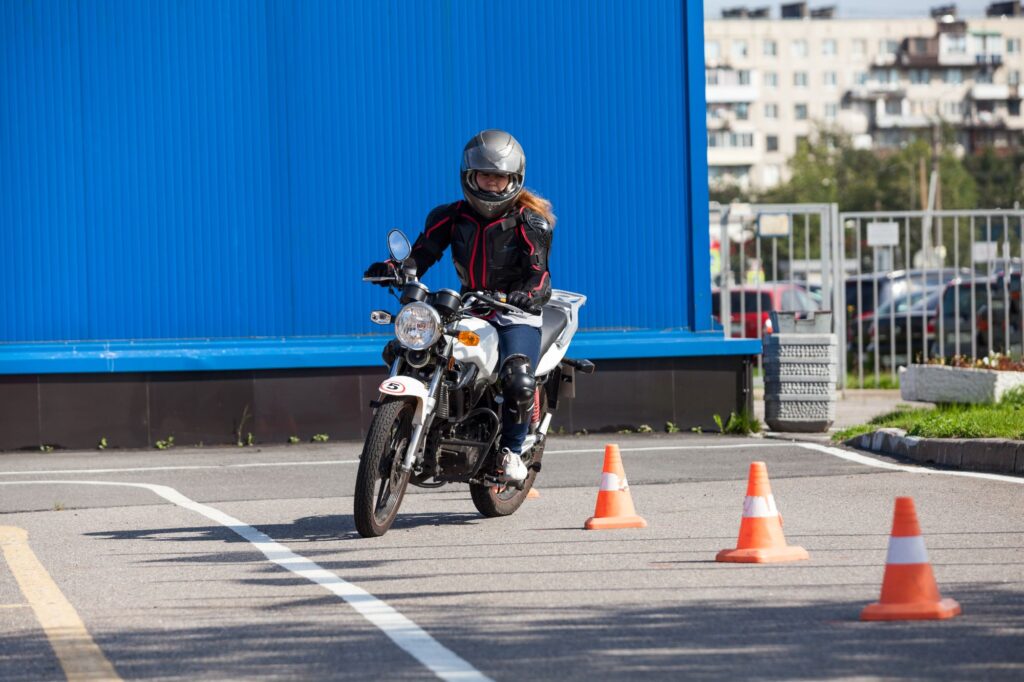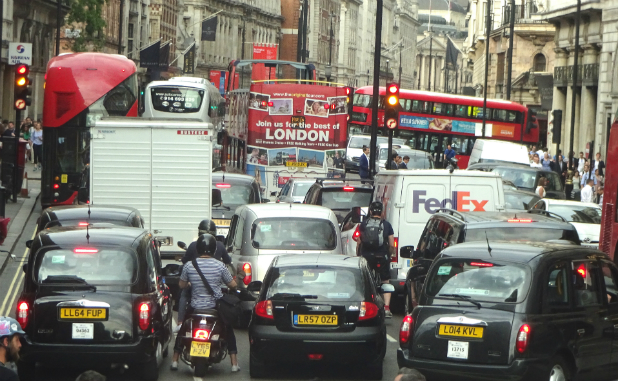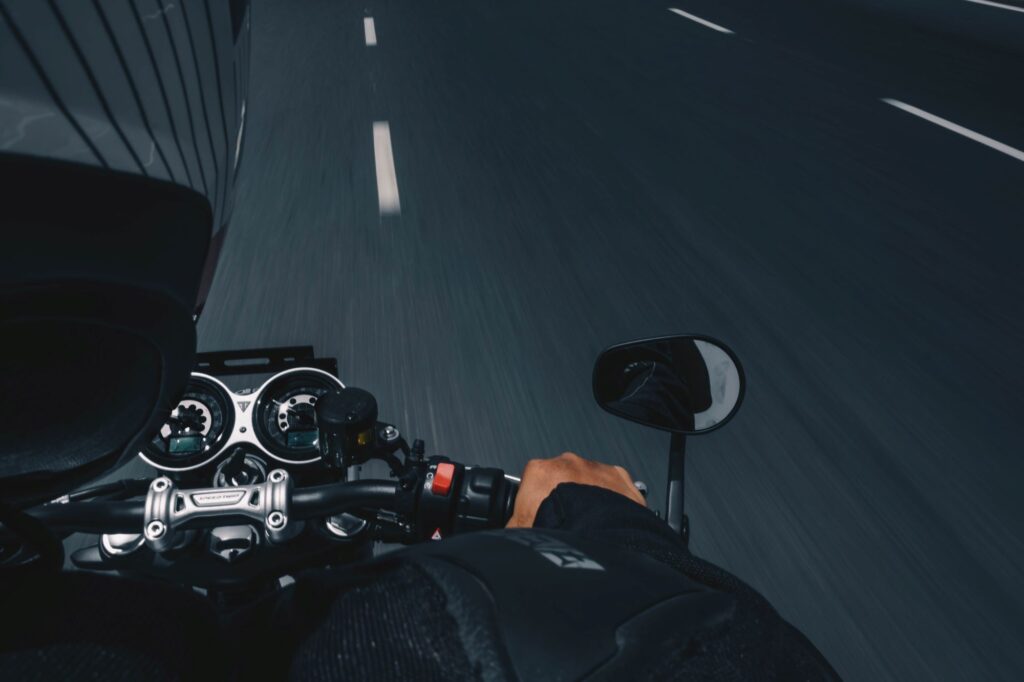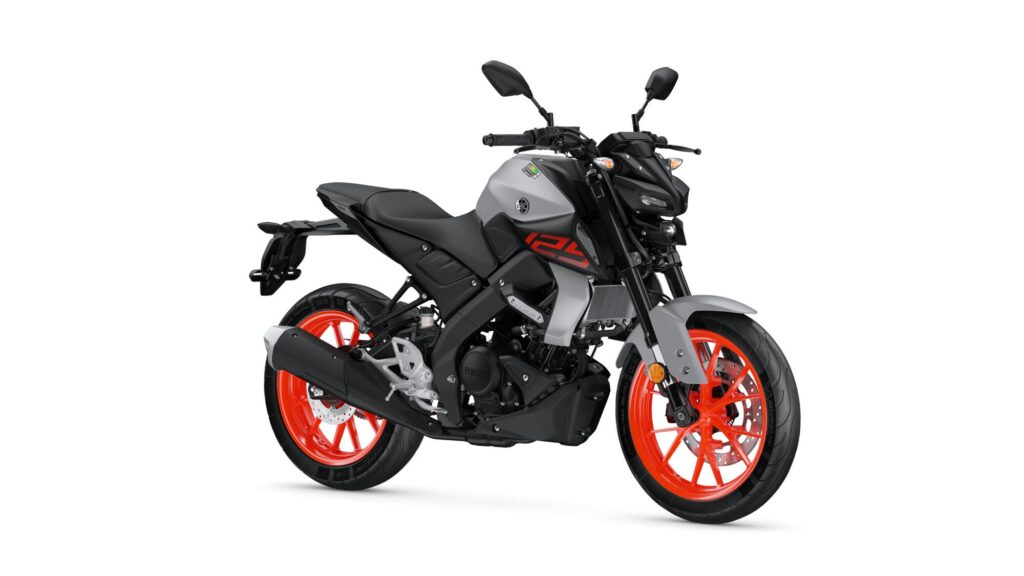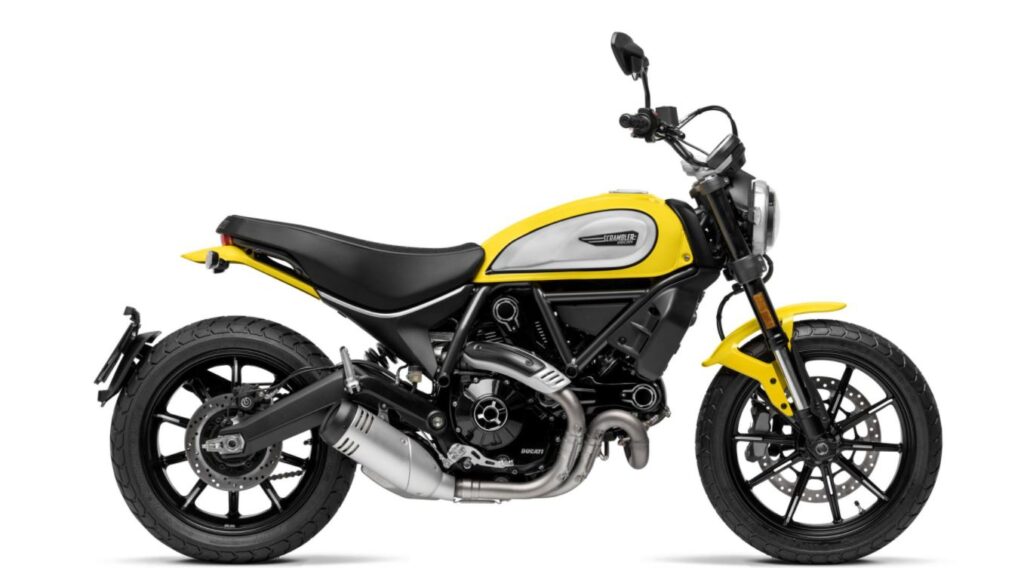How did you become a collector?
Well, I blame my wife! In our family funeral business I hardly ever took a day off. I had no hobby, played no sport, and didn’t drink or smoke. So, Vanessa sat down with me one night and we ran through all the sports and hobbies we could think of. Nothing inspired me until she asked whether there was anything I’d always wanted. I refrained from responding with, “A blonde!”
Her question took me back to my youth when, after school, I would take a slight detour to look at a Norton motorbike, which was a little boy’s dream, and later, when the Norton Girl adverts were in circulation for the Commando models. I also thought about my dear old next-door neighbour, Bert Hopwood, who had become Managing Director of Norton.
So, a Norton it would be!
After about three months my wife spotted one in the evening newspaper, just 10 miles away. Since I didn’t yet have a bike licence, we asked the seller to start her up and ride her around. The sound from the 750 Combat engine in the narrow streets of Dartmouth was the deal maker.
When the bike was delivered, I took time off work to go on an intensive course to gain my licence. By this point, I was hooked, and very soon a friend told me of a Model 50 combo for sale in the next town. I purchased her because she reminded me of the bike I saw as a boy, and, would you believe it, the list of previous owners showed that it was the very same bike!
Now I have 62 Nortons, ranging from a 1916 Model 1 to the latest 2014 Domiracer, with the new V4 RR on its way. I would still like to acquire a Norton CJ and an Arthur Carroll CS1, as well as an early 1950s rigid Model 77.
My friend and wizard of an engineer George also owns many Nortons. Together we spend two full days each week going through the bikes. We look at every component and end up sending away magnetos, reboring engines, and replacing stanchions, bearings and chains, etc. I like to be able to say, ‘I will ride this bike today knowing that, mechanically, she is as good as she can be’.
Can you introduce us to the highlights of your collection?
Name: Norton WD 16H, 1939.
Power rating: 500cc.
What makes it a highlight for you? On purchasing this solo bike I decided to turn her into the combo that the army used, which had a Bren gun mounted in the sidecar. Less than 3,500 were made, and with so many of them having been left in France by the British Expeditionary Force and then quickly superseded by the Jeep, few survive today.

I was assisted in the project by a man called Ian Hinton, as his father had imported one of the bikes many years ago from a scrapyard in France. The wooden sidecar was built and the front lined in metal sheet. The seat I found in my research was taken from an MG. The front wheel has a metal plate cover to stop the sidecar passenger getting covered in mud.
I sent my father off to collect a Bren gun, ammunition box and much more from the Cobbaton Combat Collection in north Devon to complete the project. The gun can be carried on the sidecar if it is covered and if a decommission certificate is present.
On completion of the restoration I had her on display with 43 other military bikes and won top prize.
Poignant moments with this bike: One ride I will always remember was following a Sherman tank through the narrow streets of Brixham with the ground shaking as we made our way to the D-Day slipways.

Name: Norton Model 24, 1930.
Power rating: 600cc single cylinder combination.
What makes it a highlight for you? I was offered this partly completed combination and immediately fell in love with the wonderful shape of the sidecar. Consulting one of my 1930 Norton brochures I found that she was a Model F, Super Sport sidecar.

After two years’ work, the bike and sidecar were finished just three weeks before my son Dom used her for leaving his wedding with bride Katie in full veil and dress. A photo of this featured on the front cover of the Norton Owners’ Club magazine, which is distributed worldwide.

Name: Norton ES2, 1929.
Power rating: 500cc saddle tank.
What makes it a highlight for you? I love the bikes of the 1920s and ‘30s, so when I saw this bike for sale in quite a sorry state I had to have her and get her restored. I contacted my good friend Dr George Cohen (who needs no introduction) and asked him if he could carry out a complete restoration.
Now 88 years old, my Norton ES2 has carried me for thousands of miles – and I’ve lost count of the number of prizes she’s been awarded. Many times I have gone out on rides with other bikers who are on much newer bikes and could see them thinking ‘this is going to be a slow ride’; but at the end of the run I’ve been met with the words: “Doesn’t she go!”.

Poignant moment with this bike: Both Dr George and I developed a cancerous tumour on a kidney, and sadly George died while I was on holiday. When I returned, I made a special trip via the churchyard where he was laid to rest, riding this bike, which he had restored. I placed an old spanner on his grave – better than flowers, I felt. I then carried on to a Norton National Rally with the bike.

Name: Norton Model 55 (twin port), 1937.
Power rating: 350cc single.
What makes it a highlight for you? The idea of the twin port was to get the gases out of the engine quicker to give a bit more performance, but with the added weight of the pipe and silencer it was thought that there was no advantage. And it did cost £2 more than a Model 50. However, with the dials set into the chrome tank and the symmetry of the silencers you have a very good-looking bike. So much so that the great Geoff Duke chose and presented my bike with an award in 2007 for being the best single on the Isle of Man at the Norton Owners’ Club Reunion. The year 2007 was significant as the first TT was held exactly 100 years earlier in 1907, and was won by a Norton.

Name: Norton Speedway, 1930.
Power rating: 500cc twin port and just a 3/4 gallon fuel tank.
What makes it a highlight for you? This is the bike that is most in demand for displays and always seems to come away with a top prize. I just think she looks stunning – a Miss World of bikes! I even have a photo of speedway star Oliver Langton who once rode her.


How did you come to acquire the bike? I acquired mine after a fellow bike collector contacted me on seeing my collection in a magazine and said: “I bet you don’t have a speedway bike!”. We have remained firm friends ever since.
The most important thing to know about this bike: In 1930, Norton decided to enter the world of speedway and gave bikes to a few capable riders of the time to compete with. The bikes performed very well, but they were a bit too well made, and were 60-70lb heavier than the competition. Only 53 were ever produced and it’s believed that only four complete bikes are still in existence.

Name: Norton F1 Rotary, 1990.
Power rating: 588cc.
What makes it a highlight for you? The Rotary engine concept creates three firings per revolution, and it produces a wonderfully unique sound – it ‘howls’. It’s quite small and low down, and has fantastic handling – you can thread her though the eye of a needle, grinning all the way!

The most important thing to know about this bike: This is the road-going version of the last British Manufacturer to win the Isle of Man TT, which was in 1992 with Steve Hislop on the Norton ‘White Charger’. He beat Carl Fogarty by 4.4 seconds in one of the best-ever duels. The bike cost more than £12,000 to buy in 1990 and only 116 were made.

Name: Norton Model 77, 1957.
Power rating: 600cc twin.
What makes it a highlight for you? I use this bike all year round as she is a joy at slow speeds around the Devon lanes, but will get up and go very well. She has been to the Isle of Man six times, toured Europe on many occasions, and I had not a second thought when I rode her 736 miles in one weekend. I have now purchased a second 77 because I love them so much.

The most important thing to know about this bike: Norton only produced this bike in 1956 and finished production in ‘57. Around 600 were made, specifically for pulling sidecars, as the featherbed frames of the 88 and 99 were not considered to be strong enough for sidecar use.

Name: Norton CS1, 1928.
Power rating: 500cc.
What makes it a highlight for you? It’s a fantastic low-down bike with good power and a great sound. Norton only produced this – the first camshaft-engine bike, designed in a unique cricket-bat shape by Walter Moore – for three years from 1927 to 1929

How did you come to acquire the bike? I purchased this bike in a newly restored condition. I had wanted one for years, so when she was delivered I was so eager to ride her that I nearly came a cropper. The restorer had painted inside the drums so the brake shoes didn’t grip. It took rubber-heel power from my boots on the Tarmac to stop at the end of the road. That’s why my friend George always says: “A bike restorer/engineer built this, so we had better go through it all!”
Bikesure, the specialist motorcycle insurance division of Adrian Flux, offers multibike insurance tailored to your collection at a single low price. Learn more here.

